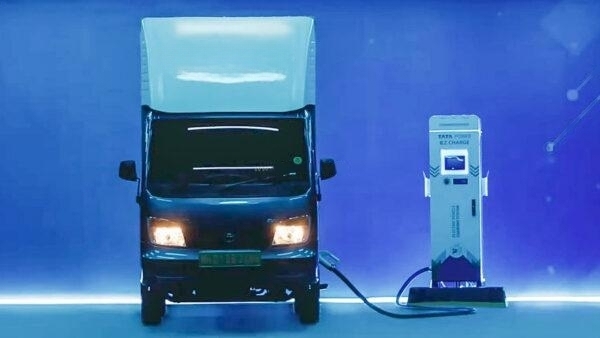Electric auto-rickshaws transform urban transport. They provide a greener option for moving people than fuel-powered vehicles. This electric commercial vehicle has gained in demand, and owners must remain informed of its charging requirements. This guide helps electric auto-rickshaw owners appreciate these crucial issues.
Understanding Battery-operated Rickshaw Charging
Unlike conventional fueling, an e–rickshaw is different. It definitely pays if you know how to manage the whole process efficiently. In that case, your rickshaw will run very smoothly. This ensures continuous driving without frequent or interrupted stops. Moreover, it increases the productivity of the operator to drive for hours and earn more profits.
Charge Time and Infrastructure
Charging time depends on the battery size, capacity and the charger type. Generally speaking, an electric rickshaw needs 4 to 8 hours for a full charge. Fast chargers cut this time, so they boast; unfortunately, this may come with a high cost. Owners are required to provide access to a stable charging platform. Presently, public charging stations are rapidly emerging in cities and towns. However, having a home charging arrangement is more convenient for the owner. Indeed, investing in a good-quality home charger can help to simplify the charging process.
Battery Maintenance
This, in turn, calls for a very important part of your electric three-wheeler maintenance: battery maintenance. Ensure the proper working condition of your batteries is routinely checked and properly charged. This prevents early damage to batteries and promotes their longevity. Also, follow the manufacturer’s guidelines with respect to charging and maintenance to ensure optimal performance.
Range Considerations for Electric Auto Rickshaws
Range refers to the distance covered in kms that an electric 3-wheeler does on a single charge. It is one of the most determining factors in daily operations, especially for operators who have to drive their rickshaws for longer hours. Several factors create an impact on the range of your e-rickshaw:
- Battery Capacity: Batteries with higher capacity have a greater range. If you intend to purchase an electric rickshaw with a longer range, look for models with higher battery capacity. This will support your business and increase profitability for future investments.
- Driving Conditions: Range depends on terrain and driving style. Hilly terrain and aggressive driving reduce range. A steady state of driving speed and energy-efficient driving practices lead to extended range. This encourages you and promotes your services for the long term.
- Load and Use: Range is also affected by the weight of the load and the frequency of stops and starts. Heavy loads result in a longer stopping time. Moreover, the more frequently you use the brakes, the less efficient they become. Further, proper load management and route optimisation facilitate range performance.
- Weather Conditions: At extreme pressure, a battery’s performance or efficiency may be affected. On one hand, as cold makes it less efficient, hot can make it overheat. A well-maintained rickshaw and the use of protective measures in adverse weather will reduce these effects.
Calculating Range Needs
First, assess your daily travel needs to determine the type of range you need. Sometimes, your routes are longer than the average range of e-rickshaws. In this condition, you must find a model with a larger battery or more charging options. Most electric rickshaws come with range indicators that enable tracking the level of your battery. Plan your routes according to the battery’s working condition. This saves from unexpected breakdowns and ensures smooth operation.
Planning for Charging
Route planning will also help to manage the charging needs effectively. One can always look for convenient charging stations or places. During his free time, he plugs it in and lets it charge for some time. A strategy as to when and where to charge will not create any disruption in the daily operations.
The Future of Electric Rickshaw Charging and Range
With the advancement of technology, charging infrastructure and battery technology are improving. In fact, developments have yet to be seen that reduce charging time. Being updated about such changes will help you make better choices concerning your electric auto rickshaw and also embrace any new development as it emerges.
Innovations on the Horizon
Innovative technologies are under development in wireless charging. They allow users to avoid physical connectors and provide even more convenience while having your rickshaw charged. The improved battery facility should allow for longer ranges and shorter charging times. Keeping an eye on such developments may give you additional opportunities to upgrade your rickshaw in the future and use its benefits.
Final Words
Charging and range are the prime concerns for owning an electric auto rickshaw. By comprehending how to charge, charger types, and how to maintain a battery, one can keep a rickshaw in good condition. Know factors that affect range and plan routes and charging requirements. Technology keeps on evolving; stay updated with the latest happenings and improve your ownership experience.


